Stephen Moss: Getting Ready for Winter
This month, as the days get shorter and the weather colder, I’m looking at how birds prepare for the winter season ahead – and what we can do to help them!
Winter is a tough time for birds – especially the smaller species that visit our backyards and gardens, and which we enjoy seeing on our Birdfy feeder cameras. As the nights draw in, the hours available for them to feed get shorter and shorter. Meanwhile, the weather is also getting colder – often dropping below freezing in some northern locations, though in southern Britain and the southern states of the USA it may still be quite mild, even warm.
So what are the problems bird face during the cold winter months, what adaptations have they evolved to cope, and what can we do to ensure that they do survive to breed the following spring?
- The dangers of winter
Bird face three major problems in winter:
- A shortage of time to feed
- A problem getting access to enough food
- How to cope with very cold temperatures, especially at nighy
A typical small bird visiting your Birdfy camera feeder, such as a Blue Tit in the UK or Black-capped Chickadee in the USA and Canada, needs to eat between one-third and one-half of its body weight every single day, just to get enough energy to survive.
Think about it: that’s the equivalent of a 140-pound (10 stone) human being eating from 50 to 70 pounds of food a day – or between 100 and 140 Big Macs (other fast-food burgers are available!)
In late December, around the time of the winter solstice, there is only an average of about eight hours of daylight: more the further south you go, but a lot less in the north. For example, the Shetland Isles in Scotland, Hudson Bay in Canada and in parts of Alaska, all places at a latitude of 60 degrees north, the gap between sunrise and sunset falls to less than six hours.
That is why, on midwinter days, birds are active from dawn to dusk, with just one thing on their minds – where can I get food? Research in the UK has shown that on average a small bird must forage for 85% of the available hours of daylight if they are to survive the night.
If it snows heavily, covering the ground, or frost and ice forms on surfaces such as the branches and twigs of trees, finding food becomes even trickier.
And during the long winter nights, temperatures can drop well below freezing, which means that small birds struggle to stay warm enough to survive until the following morning, when must start to search for food again.
- How birds cope
We live in centrally heated homes, and when we do go outdoors in winter we wrap ourselves up in layer after layer of clothes, scarves, gloves, hats and other items designed to keep us warm against the cold. Birds don’t have any of that – so how do they cope?
The good news is that even the smallest birds have evolved over many thousands, even millions of years, to develop survival strategies. These include:
(i) Finding food:

(ii) Keeping warm:

(iii) Migrating:
Where I live, in Somerset in south-west England, the departing swallows, martins, swifts and warblers are replaced in October and November by Redwings and Fieldfares – two species of ‘winter thrushes’ that arrive here from their breeding grounds in northern and eastern Europe.
3. How we can help
The good news is that we can do a lot to help our backyard and garden birds survive during the winter – while at the same time enjoying amazing close-up views. And with your Birdfy feeder camera you can also take stills and video footage of your avian visitors, and post them on our Facebook groups.
We can help in several ways:
(i) Choose the best food:
When feeding the birds, it’s all about maximising the energy they get while minimising the time it takes for them to feed. Peanuts, for example, are not high in energy, while sunflower seeds are. And if you do provide seeds, make sure you choose those without the husks – I use kibbled sunflower hearts, which have had the outer layers removed, and have then been chopped in half, the perfect size for small birds to eat.
(ii) Make sure you keep your feeders topped up:
Birds tend to follow a regular circuit around several different locations, coming back to the same places – such as your feeders – again and again. But if you have allowed your feeders to become empty, they will have had a wasted journey, and even a brief period unable to find food might make the difference between survival and death. So make sure you keep your feeders topped up – and if you are going away for a night or two, ask a friend or neighbour to do so.
(iii) Keep your feeders clean:
A dirty feeder, especially one with old, mouldy food stuck to the bottom, can cause diseases that then spread rapidly through your local bird population. So make sure you regularly clean out your feeders.
(iv) Provide water as well:
Bird baths are the ideal way of providing precious water, not just for drinking but for bathing too. Small birds – especially those that mainly feed on seeds – need to drink regularly to top up their liquid levels; while a quick bathe removes any parasites, cleans up their feathers and keeps them in tip-top condition; essential for the bird’s continued survival.
Sadly, some birds will not manage to survive the cold spell – on average, especially for birds facing their first winter season, roughly one in two will perish.
But the more you can do to give them a helping hand by providing good quality, regular supplies of food and water, the more chance they have of making it through to next spring, and continuing to delight us with their presence!
If you want to know more about birds, weather and climate change, do read my book Birds and Weather, published by Hamlyn in 1995, and now out-of-print, but available second-hand on these websites: USA and Canada, UK and Europe.

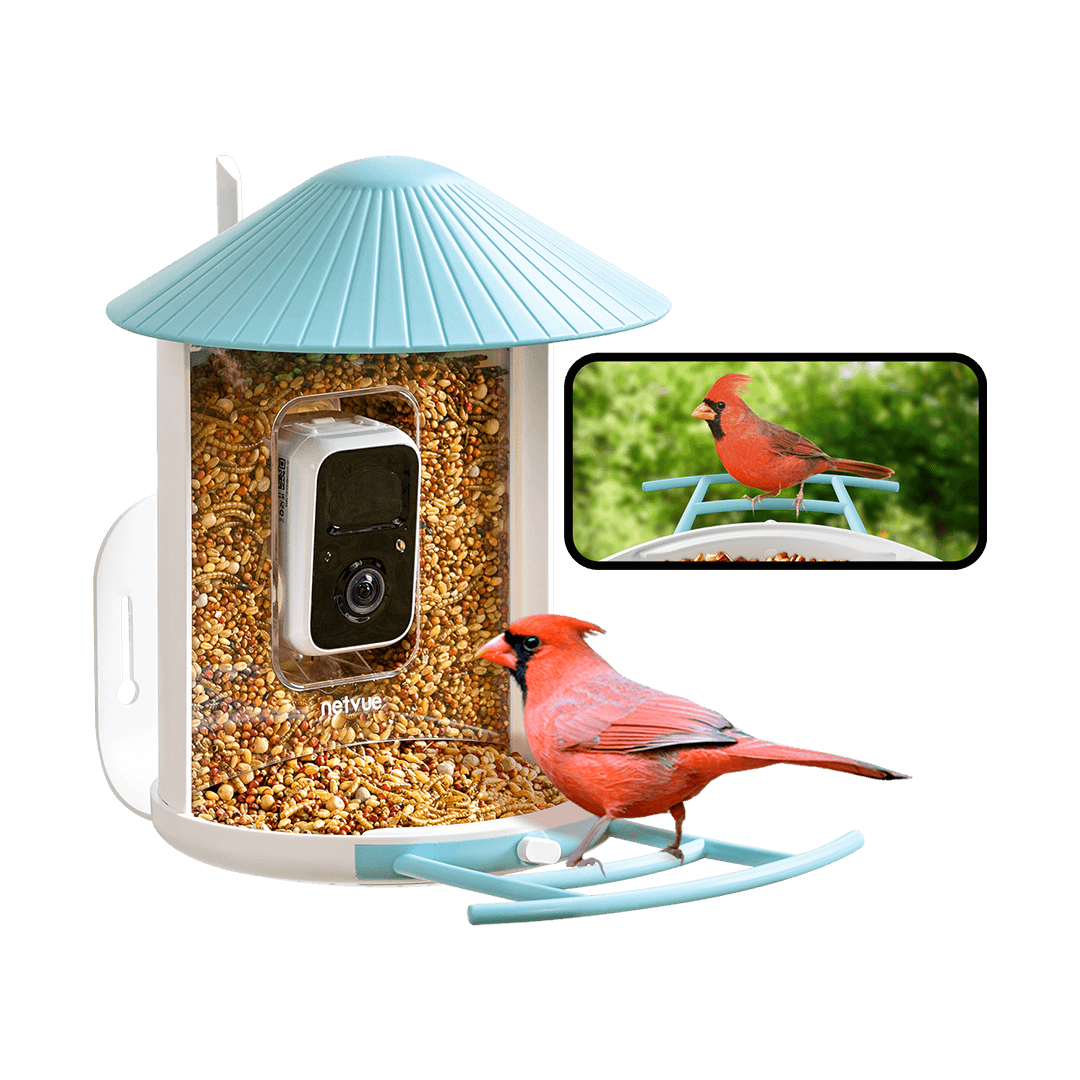
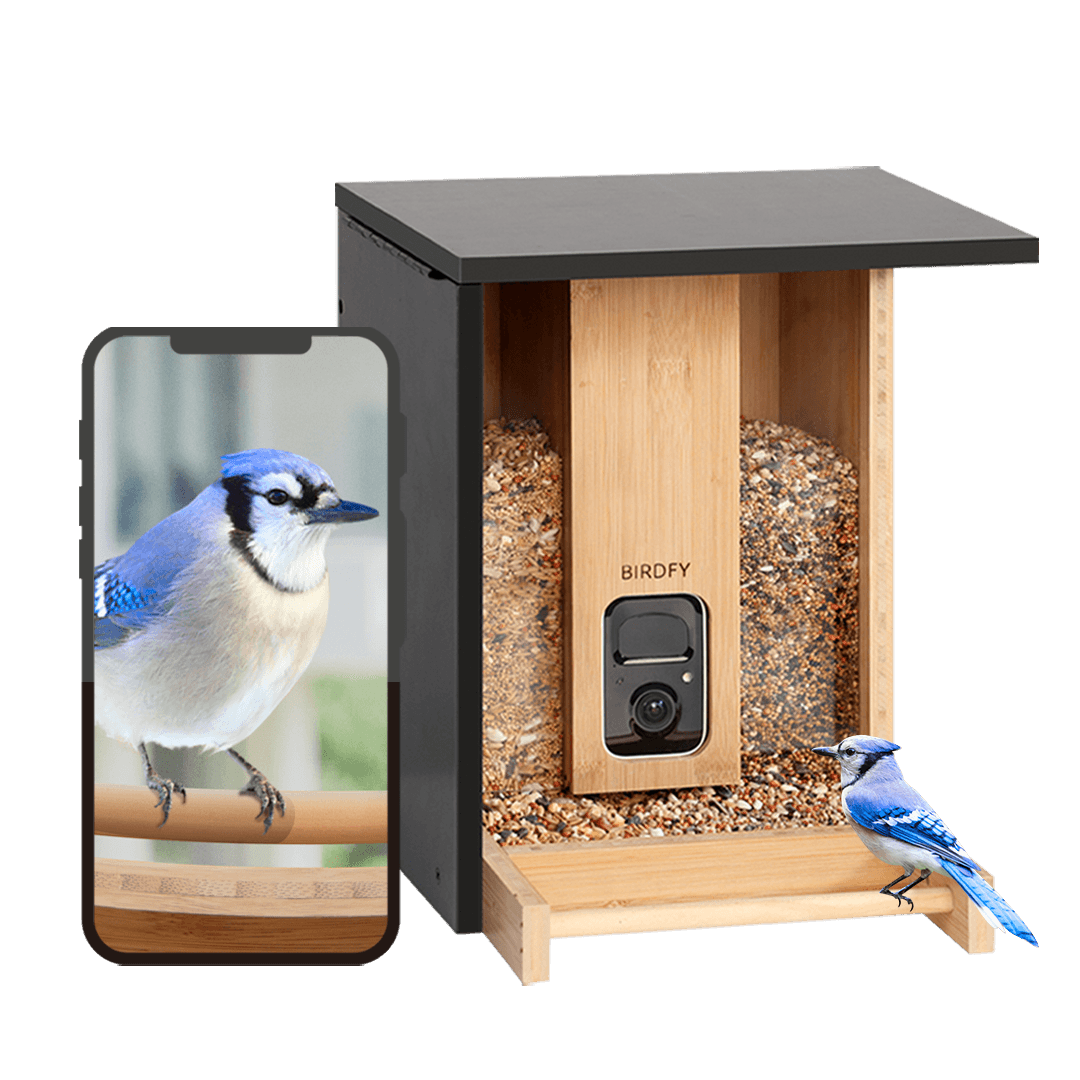
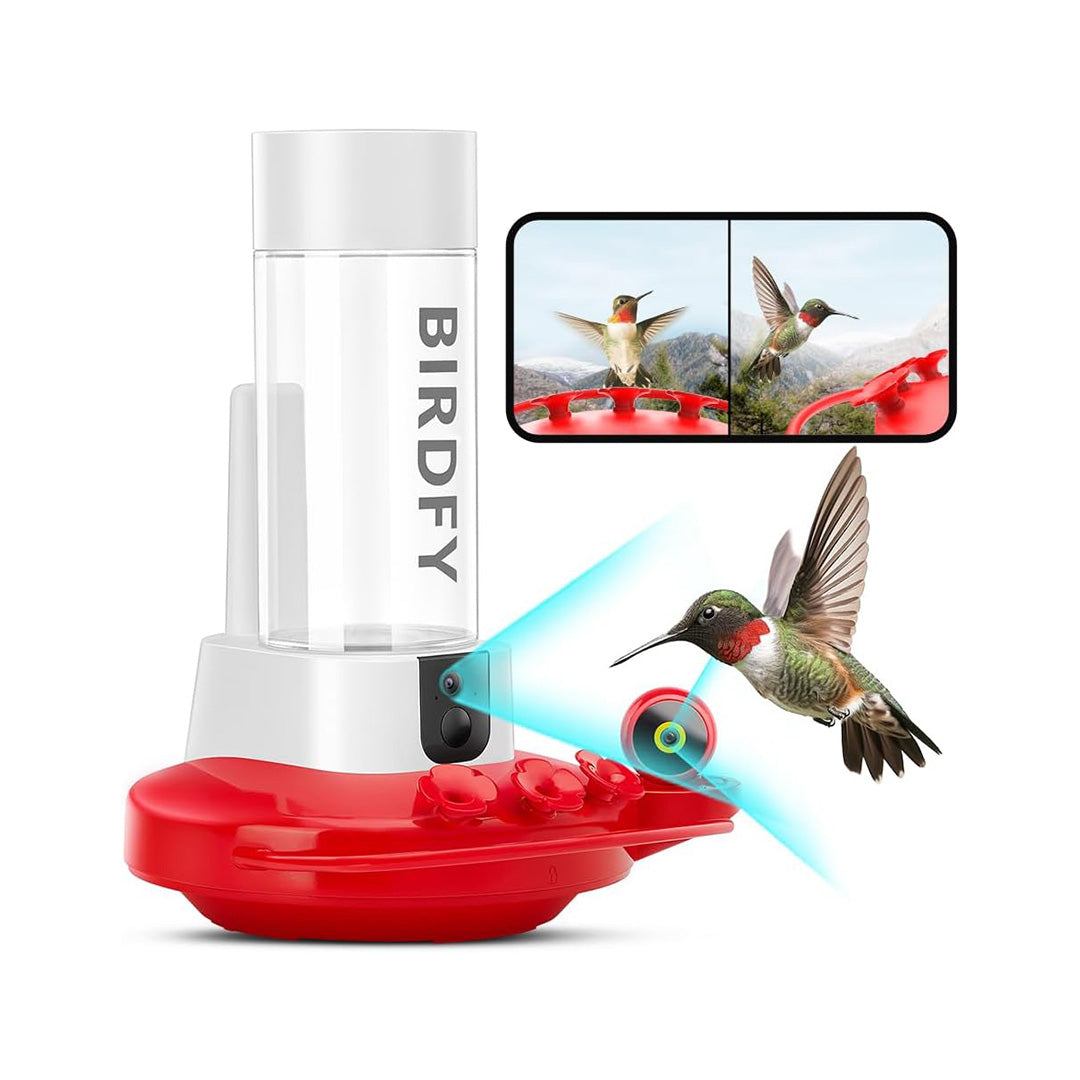
![[Pre-order] Birdfy Nest - Smart Bird House with Dual Cameras](http://www.birdfy.com/cdn/shop/files/birdfy-nest-with-app.png?v=1701165422)
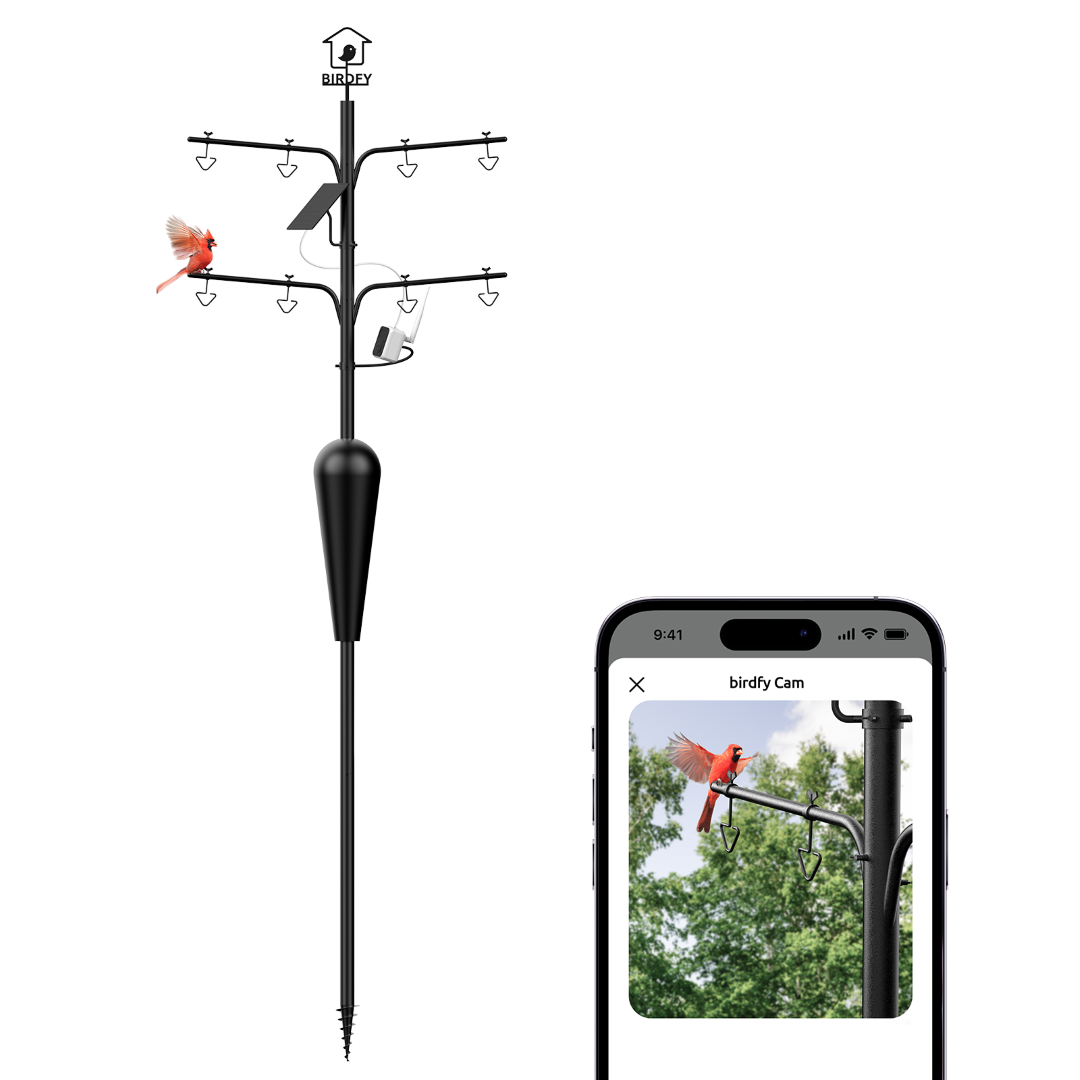
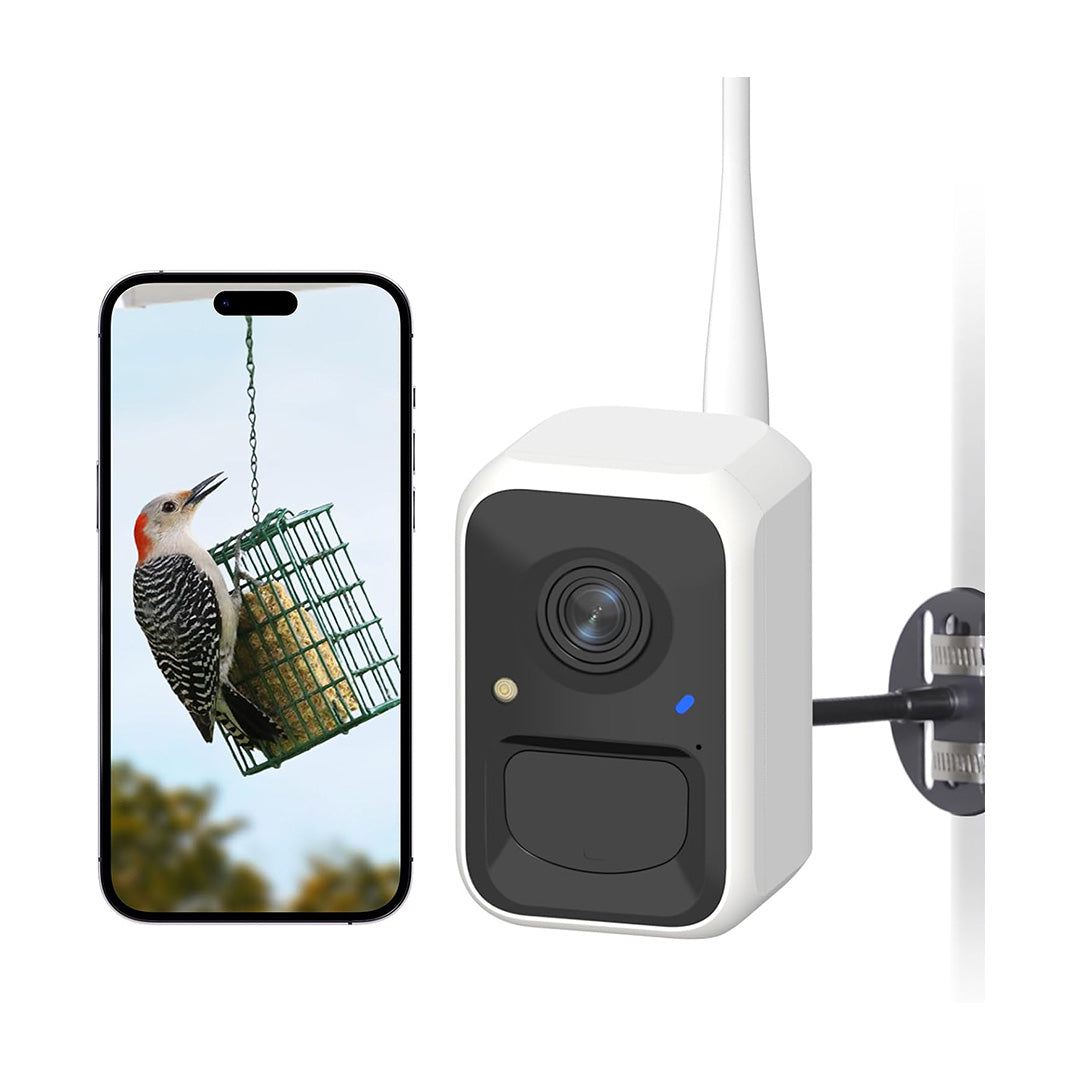
Comments
Stephen Branch said:
I add oatmeal to my seed mix during the winter.❤️